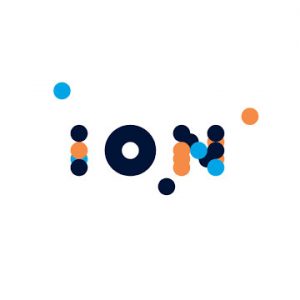In this article, ION charts the evolution of securities finance technology solutions to show how we got to where we are. Then we outline a roadmap showing what being well-served would mean for users of securities finance technology today.
The securities finance market has been disrupted by regulatory and structural changes several times in the past decade, and each time the market has had difficulty adapting to the complexity of the change. Most recently this is apparent with SFTR. Though SFTR looks relatively simple from the outside (compared to MiFID II, for example), market participants are finding it challenging to implement. Why is adapting to change so hard?
Historically, securities finance grew up in a highly fragmented environment, both in the market and within organizations: many venues, many systems, servicing multiple asset classes, in multiple parts of the business. This fragmentation has led to a situation where highly related areas of the business have no visibility to one another, and some areas have been automated while others have remained highly manual. Users are stuck in the status quo of their area, accepting the situation as normal.
A new paradigm is emerging that shows what this new normal might look like. This involves not just the front office but a range of other internal functions – compliance, reporting, product development – that facilitate the operations of a financial institution. A combination of hard technology and other capabilities will be needed to ultimately result in fast turnaround times for new products, allow data from different business areas to be incorporated into the same trading platform, and deliver balance sheet-sensitive pricing to clients.
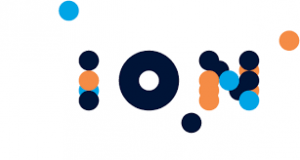
The securities finance technology maturity curve
The evolution of securities finance technology has followed a clear trajectory, with some firms finding themselves further along today than others. Over the past 20 years, financial institutions have gradually progressed beyond aging legacy infrastructure through efforts to centralize functionality on a single platform or location, often in the cloud. We have documented six stages of evolution that firms are going through to reach what is currently seen as the ideal end state (see Exhibit 1):
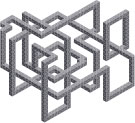 Aging legacy: Starting with their traditional architecture, firms support fragmented platforms based on deep and inflexible technology, with large amounts of custom code built up over time to manage tasks that legacy systems were never designed to support.
Aging legacy: Starting with their traditional architecture, firms support fragmented platforms based on deep and inflexible technology, with large amounts of custom code built up over time to manage tasks that legacy systems were never designed to support.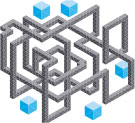 Aging hybrid: Firms acquire technology from newer vendors to live on top of the legacy system and plug in somehow for data management. This is typically an awkward situation, slow to change and often with poor usability. It’s also costly.
Aging hybrid: Firms acquire technology from newer vendors to live on top of the legacy system and plug in somehow for data management. This is typically an awkward situation, slow to change and often with poor usability. It’s also costly. Façaded legacy (also known more colloquially as lipstick-on-a-pig):A classic and aptly named stage of financial technology evolution, this phase sees firms use vendor solutions to paper over legacy with a pseudo-modern system. Although usability improves, maintaining the legacy architecture plus new systems proves costly, continuing to exacerbate the situation.
Façaded legacy (also known more colloquially as lipstick-on-a-pig):A classic and aptly named stage of financial technology evolution, this phase sees firms use vendor solutions to paper over legacy with a pseudo-modern system. Although usability improves, maintaining the legacy architecture plus new systems proves costly, continuing to exacerbate the situation.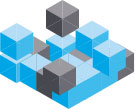 Multi-vendor: Solutions from various new single-purpose vendors are combined to meet requirements, with or without legacy architecture. Firms opting for these disparate solutions can be faced with a high Total Cost of Ownership (TCO) and lengthy integration efforts.
Multi-vendor: Solutions from various new single-purpose vendors are combined to meet requirements, with or without legacy architecture. Firms opting for these disparate solutions can be faced with a high Total Cost of Ownership (TCO) and lengthy integration efforts. Installed single-source: As vendor solutions become more sophisticated, they also expand, allowing clients to use one improved non-legacy vendor for multiple business activities. However, local installations remain an impediment, and custom modifications can be extensive, sometimes preventing the goal of unifying business areas.
Installed single-source: As vendor solutions become more sophisticated, they also expand, allowing clients to use one improved non-legacy vendor for multiple business activities. However, local installations remain an impediment, and custom modifications can be extensive, sometimes preventing the goal of unifying business areas. Hosted single-source: Firms move their operations to a hosted, cloud-based instance of a single vendor solution. This move requires a centralization of functions and enables massive efficiencies for optimizing the business, TCO, and regulatory requirements.
Hosted single-source: Firms move their operations to a hosted, cloud-based instance of a single vendor solution. This move requires a centralization of functions and enables massive efficiencies for optimizing the business, TCO, and regulatory requirements.
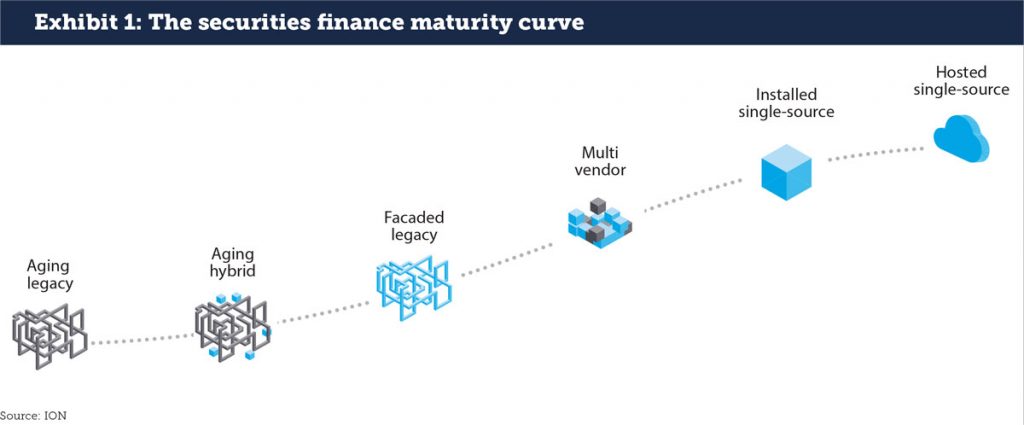
This maturity curve has important implications for how firms and their vendors can partner to achieve a new level of excellence for securities finance technology platforms. Firms can’t make the leap from aging legacy to hosted single source without substantial and often wrenching change. And reaching the hosted single-source stage solves many problems but not all. Careful analysis and planning are required to chart a course from a firm’s current state to where the business wants to be.
ION case studies on delivering better securities finance technology for customers
In our engagements with customers across the securities finance market, we’ve observed patterns of behavior that prevent customers from progressing beyond the status quo. Even the largest firms are not uniform. Delivering a robust solution requires close collaboration with the business and technology to drive convergence. The following examples show some of the variations we’ve encountered, illustrating different paths along the maturity curve.
 Multi-vendor
Multi-vendor
Challenge: At a major international bank in London, traders had an array of systems on their desktops for various asset classes, including one system for repo and three separate systems for securities lending and collateral management (multi-vendor).
Solution: We consolidated these systems into a single solution, allowing consistent trade entry, management, and reporting across all asset classes.
 Aging hybrid
Aging hybrid
Challenge: At a top repo desk, there was no infrastructure that would allow the front office to propose new complex structures through product control. Even when the structures were approved there were no tools to track risk or P&L on the trades, nor to manage the lifecycle of each position (aging hybrid).
Solution: We introduced a consolidated solution that met the needs of the product control team and enabled the front office to begin trading new products quickly, leading to a significant increase in flow. Furthermore, a consolidated risk and P&L solution gave a single view across all product types to the front, middle, and back office.
 Aging legacy
Aging legacy
Challenge: A major repo desk’s process for allocating the cost of financing was extremely manual and time-consuming. Reporting was slow and error-prone, and there was no audit trail to explain past activity in any consistent way (aging legacy).
Solution: We created a configurable cost allocations process through a centralized system, and we enabled a scheduled process to run automatically throughout the day to allocate financing to the desk seamlessly and transparently. A regular report was produced giving traders full insight into the process and confidence that calculations had been applied correctly.
 Facaded legacy
Facaded legacy
Challenge: At a major securities finance desk, traders only got a view of P&L on their book overnight. This caused operational overhead and confusion, as traders would need to spend time running down the contributors to large swings. There were frequent errors requiring back-dated changes, and there was a long lag until good data was available (facaded legacy).
Solution: We introduced a real-time P&L engine providing proper attribution and drill-down to changes, so traders could identify and raise issues immediately and focus on managing their books.
 Aging legacy
Aging legacy
Challenge: Within the funding desk for a major international bank, sales and trading staff were managing client order flow entirely by email and instant messaging. The process was laborious and error-prone. As well as manually managing the trade lifecycle, staff had to consult multiple systems to check inventory, determine pricing levels, and coordinate with other staff. Interactions were not tracked in a way that enabled measurement or reporting (aging legacy).
Solution: We consolidated all orders into a single platform, enabling automation of the order flow and freeing the front office to focus on strategic activities. Proper workflow allowed desk management to track activities across all deals in the team and get a granular view of the negotiation process.
An action plan for your firm
The thought of trying to get diverse functions onto a single roadmap may be daunting, but the benefits are clear: greater efficiency, lower costs, better trade management, and the nimbleness to deal with changing markets and regulations. Ultimately, the technology should be simple and effective to implement, even if it’s dealing with complex, non-linear processes.
A good place to start is to identify processes that could be streamlined so that staff can focus on higher-value tasks. Then tap the expertise needed to pursue the benefits and catch up with other business units that already enjoy good technology and automation.
The journey towards robust technology in all areas of financial markets doesn’t have a fixed destination. Markets continue to evolve, and users need the flexibility to incorporate new requirements and respond to regulatory changes. Firms must blend their in-house and vendor systems in true partnership. Developing a concrete, actionable technology roadmap for both is the first step towards a more agile and profitable business.
 Padraig Donohue, Product Management, Securities Finance at ION. Padraig has been involved in financial technology both on the vendor and client side for over 16 years. He began his career at Beauchamp Financial Technology, a small firm specializing in trading software for hedge funds. After a spell at Barclays Capital, Padraig moved to Goldman Sachs where he worked on the Product Development team for their securities lending desk. Since 2012 Padraig has been with ION, where he is a product manager in the Securities Finance division. He has a degree in Computer Science from Trinity College, Dublin.
Padraig Donohue, Product Management, Securities Finance at ION. Padraig has been involved in financial technology both on the vendor and client side for over 16 years. He began his career at Beauchamp Financial Technology, a small firm specializing in trading software for hedge funds. After a spell at Barclays Capital, Padraig moved to Goldman Sachs where he worked on the Product Development team for their securities lending desk. Since 2012 Padraig has been with ION, where he is a product manager in the Securities Finance division. He has a degree in Computer Science from Trinity College, Dublin.


